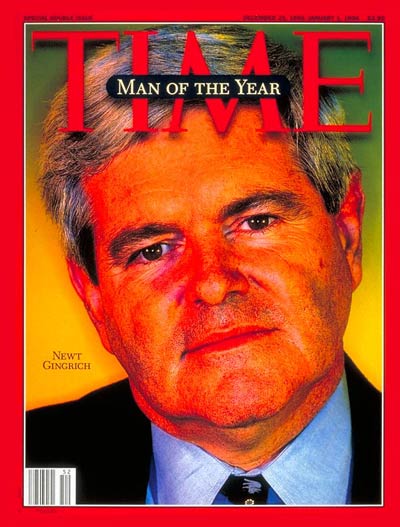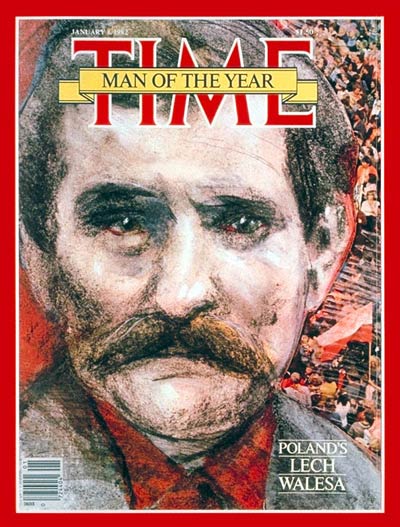
TIME’s annual Person of the Year issue—called “Man of the Year” until 1999—started for a less-than-historic reason: Editors were struggling to decide who to put on the cover of the first issue of 1928, and when they realized they hadn’t yet featured Charles Lindbergh for completing first solo plane flight across the Atlantic Ocean, they decided to fill the empty space by naming him 1927’s Man of the Year.
By now, however, the franchise has become a lens through which to view some of the 20th century’s most influential figures—and, on Wednesday, it was the subject of a new Jeopardy! category.
Below are links to the issues mentioned on the air for further reading and a glimpse into the rationale behind each choice:

George W. Bush: The then-U.S. president was selected in 2004 (as he had been in 2000) for winning re-election through strategies “just as radical as he was in his conduct of a pre-emptive war,” in addition to “reshaping the rules of politics to fit his ten-gallon-hat style of leadership and for setting the global agenda whether the world likes it or not.”
Read the full story, here on TIME.com

Newt Gingrich: In 1995, the then-Speaker of the U.S. House of Representatives became the first Speaker to be Man of the Year for leading the GOP after its historic takeover of Congress in 1994, with a legislative agenda that “transformed both the House of Representatives and the Speakership into unprecedented instruments of personal and political power.”
Read the full story, here on TIME.com

Lech Walesa: The leader of the Polish solidarity movement was named Man of the Year for 1981—making him the first imprisoned Man of the Year since Gandhi in 1930. “Thus, as 1981 came to a close, the courageous little electrician from Gdansk stood out not only as the heart and soul of Poland’s battle with a corrupt Communist regime, but as an international symbol of the struggle for freedom and dignity,” TIME wrote. “Both as a newsmaker in his own right and as a representative of millions of Poles striving for a better life, Lech Walesa is TIME’S Man of the Year.”
Read the full story, here on TIME.com

Charles de Gaulle: The French leader was Man of the Year for 1958 because, TIME wrote, he “has restored the supremacy of internal law and given France a new constitution that for the first time in 88 years endows the executive branch with enough authority to pursue coherent policies, ” he “destroyed the Communist Party as an active factor in French government” and, above all, because he has “given Frenchmen back their pride, swept away the miasma of self-contempt that has hung over France since its ignominious capitulation to Hitler in 1940.”
Read the full story, here on TIME.com

Haile Selassie: The emperor of Ethiopia, who was trying to stop an invasion of his country led by the Italian dictator Benito Mussolini, was Man of the year for 1935. The TIME story now reads as dated (his achievements were qualified as being impressive for an African person, not in general) but Selassie’s influence was unquestioned. He had risen “out of murky obscurity and carried his country with him up & up into brilliant focus before a pop-eyed world”—and if he bested Mussolini and fascism, it would go down in history as a world-changing victory.
More Must-Reads from TIME
- Donald Trump Is TIME's 2024 Person of the Year
- Why We Chose Trump as Person of the Year
- Is Intermittent Fasting Good or Bad for You?
- The 100 Must-Read Books of 2024
- The 20 Best Christmas TV Episodes
- Column: If Optimism Feels Ridiculous Now, Try Hope
- The Future of Climate Action Is Trade Policy
- Merle Bombardieri Is Helping People Make the Baby Decision
Write to Olivia B. Waxman at olivia.waxman@time.com